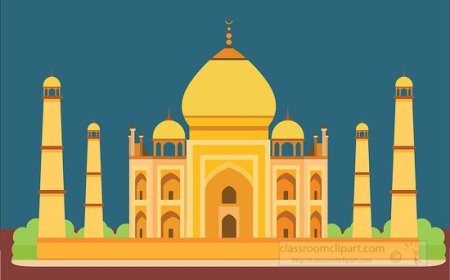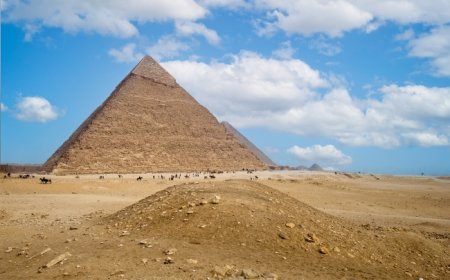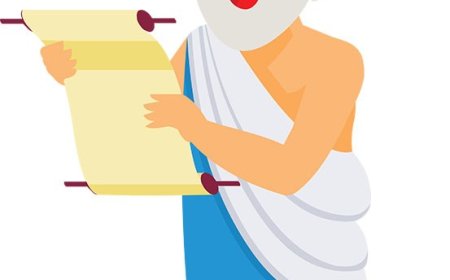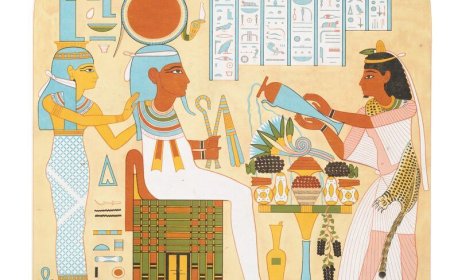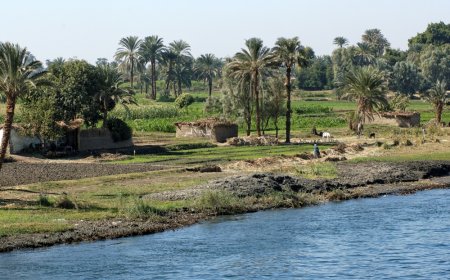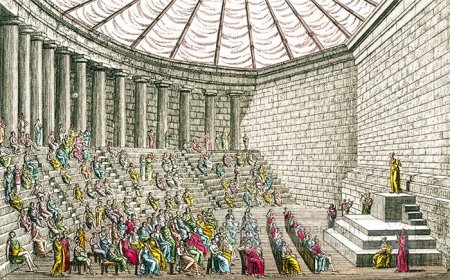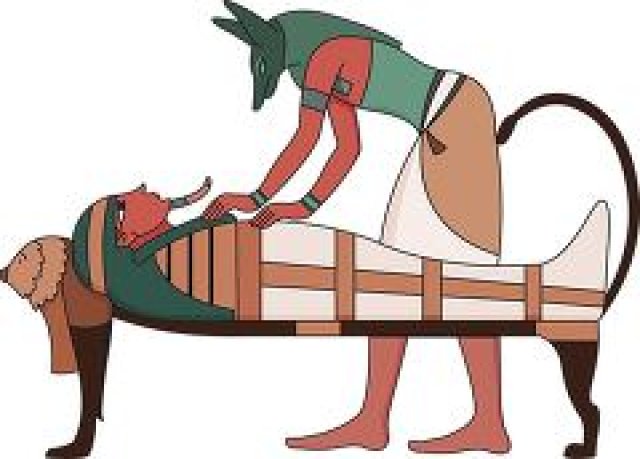Daily Life in Ancient Egypt for Kids – Homes, Food, Clothing, and Culture
Explore daily life in Ancient Egypt for kids. Learn how Egyptians lived, what they ate, their homes, clothes, work, and culture with fun facts and pictures.
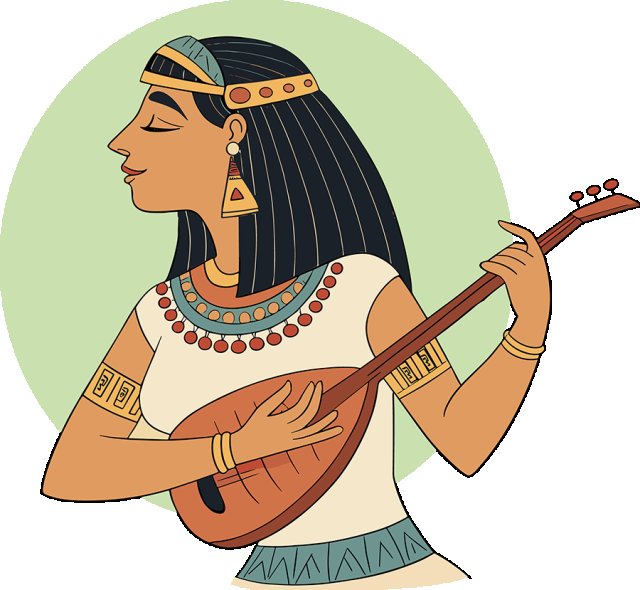
The daily life of people in Ancient Egypt depended a lot on their social class, job, and location. While the pharaoh and nobles lived in luxury, most Egyptians were farmers, craftsmen, or laborers who worked hard to survive in the hot desert climate. Still, Egyptian society was well organized, and life revolved around the Nile River, religion, the family, and the seasons.
👪 Family and Home Life
Egyptian families were close and important. Most people lived in mudbrick houses built close together in villages along the Nile. The homes were usually small, with flat roofs, few windows, and simple furniture made of wood or clay. Wealthier Egyptians had larger homes with courtyards and painted walls.
Families included parents, children, and sometimes grandparents. Women managed the household, cared for children, and sometimes worked outside the home. Men typically worked as farmers, builders, or craftsmen. Children often helped their parents with chores and started working at a young age unless they were being trained for special jobs, like becoming a scribe.
🧑🌾 Jobs and Social Classes
Egypt had a strict social structure:
- Pharaoh: The top ruler, considered a god on Earth.
- Nobles and priests: Helped govern and performed religious duties.
- Scribes and officials: Recorded important information and helped run the country.
- Craftspeople and merchants: Made goods and sold them.
- Farmers and laborers: The largest group, responsible for food production and construction.
- Slaves: Usually prisoners of war or people in debt who worked for the wealthy.
Most people were farmers. They grew crops like wheat, barley, and flax, and raised animals like cattle, goats, and ducks. During flood season, when the land was under water, many farmers worked on government building projects, such as temples or pyramids.
🍞 Food and Drink
Egyptians ate a healthy diet based on what they grew and raised. Their meals included:
- Bread and beer: Made from wheat and barley, these were staples.
- Vegetables: Onions, leeks, lettuce, cucumbers, and garlic.
- Fruits: Dates, figs, grapes, and melons.
- Meat and fish: Eaten less often and usually on special occasions.
Food was often cooked in clay ovens or over open fires. People ate with their hands and used flatbread to scoop up food. Beer was the most common drink for both adults and children, though wealthy families also drank wine.
👗 Clothing and Personal Care
Because Egypt was hot and sunny, people wore light clothing made of linen, a fabric made from the flax plant. Clothing styles included:
- Men: Wore kilts or skirts tied at the waist.
- Women: Wore long, straight dresses with straps.
- Children: Often went without clothes when they were young.
Egyptians took personal hygiene very seriously. They bathed daily (often in the Nile), shaved their heads to stay cool, and used perfumes, oils, and makeup. Even men wore eye paint, called kohl, to protect their eyes from the sun and sand.
Jewelry was popular too—both rich and poor people wore bracelets, necklaces, earrings, and rings, though the rich used gold and gemstones while others used clay or beads.
🎲 Leisure and Entertainment
- Egyptians found time for fun, too! People enjoyed:
- Board games, like Senet, a favorite played with dice and tokens.
- Music and dancing, especially at religious festivals and celebrations.
- Storytelling, especially tales of the gods, pharaohs, and adventures.
- Hunting and fishing, both for food and sport.
Children played with dolls, carved animals, balls, and toy boats. Adults enjoyed feasts, which included lots of food, music, and entertainment from dancers and musicians.
🛐 Religion in Daily Life
Religion was part of everything Egyptians did. They prayed to different gods for health, crops, and safety. Many homes had small altars where people could leave offerings, like bread or incense, to their favorite gods.
Priests performed special rituals in temples, but ordinary people also participated in religious festivals and processions. Egyptians believed that if they lived a good life and respected the gods, they would be rewarded in the afterlife.
✏️ Education
Most Egyptian children did not go to school. Instead, they learned trades from their parents. However, boys from wealthy families could become scribes, which meant they needed to learn how to read and write hieroglyphics.
Scribe school was strict and tough, but becoming a scribe led to good jobs and respect in society. Girls rarely attended school but could be educated at home and even become priestesses or musicians.
✨ Summary of Daily Life
Life in Ancient Egypt was both challenging and full of meaning. Most people worked hard in the fields, homes, or workshops. They lived in mudbrick houses, ate bread and vegetables, wore linen clothes, and worshipped many gods. Families were close, and even the poorest Egyptians took pride in cleanliness, tradition, and living in harmony with the Nile and their beliefs.
📖 Vocabulary List
-
Nile River: The main river in Egypt. It made life possible.
-
Mudbrick houses: Homes made of clay bricks. They kept people cool.
-
Pharaoh: The ruler of Egypt. Seen as a god on Earth.
-
Scribes: People who could read and write. They recorded important information.
-
Craftspeople: Skilled workers who made goods to sell.
-
Slaves: Usually prisoners or debtors. They worked for the wealthy.
-
Bread and beer: Everyday staple foods made from wheat and barley.
-
Linen: A lightweight fabric made from flax. Good for hot weather.
-
Kohl: Eye paint used by men and women. It protected from sun and sand.
-
Senet: A popular board game with dice and tokens.
-
Altars: Small tables in homes. People left bread or incense to the gods.
-
Hieroglyphics: Picture writing used by scribes in ancient Egypt.
-
Priestesses: Women who served in temples. Sometimes girls taught at home became them.
Interactive Quiz
Instructions: Read each question and choose the best answer. I'll give you the correct answer afterward.
-
What river was most important to daily life in Ancient Egypt?
A) Amazon River
B) Nile River
C) Mississippi River
D) Yangtze River -
What were most houses made of?
A) Stone
B) Wood
C) Mudbrick
D) Metal -
Who recorded information and could read and write?
A) Farmers
B) Scribes
C) Craftspeople
D) Slaves -
What did most Egyptians eat daily?
A) Pizza and soda
B) Bread and beer
C) Burgers and fries
D) Sushi and tea -
What fabric did Egyptians wear because it was light and cool?
A) Cotton
B) Silk
C) Wool
D) Linen -
What did people put on their eyes for protection?
A) Tattoo
B) Kohl
C) Paint
D) Mud -
What board game did many Ancient Egyptians enjoy?
A) Chess
B) Checkers
C) Senet
D) Monopoly -
What did families often have in their homes for worship?
A) A TV
B) Altars
C) A stage
D) A school -
Who ruled Ancient Egypt and was seen as a god on Earth?
A) Craftspeople
B) Priests
C) Pharaoh
D) Merchants -
Who learned at home and could become priestesses or musicians?
A) Scribes
B) Boys from poor families
C) Girls
D) Slaves


















































